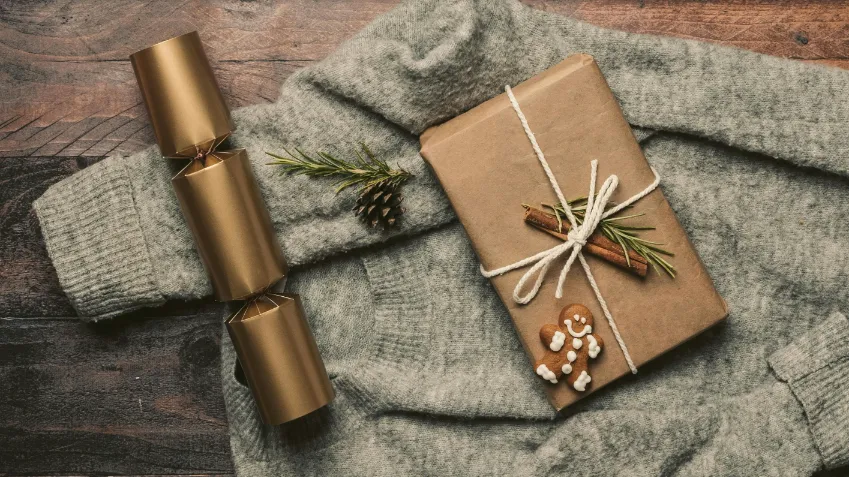
4 Insights into Consumers’ Preferences for Jewelry Packaging Design
2025-01-10
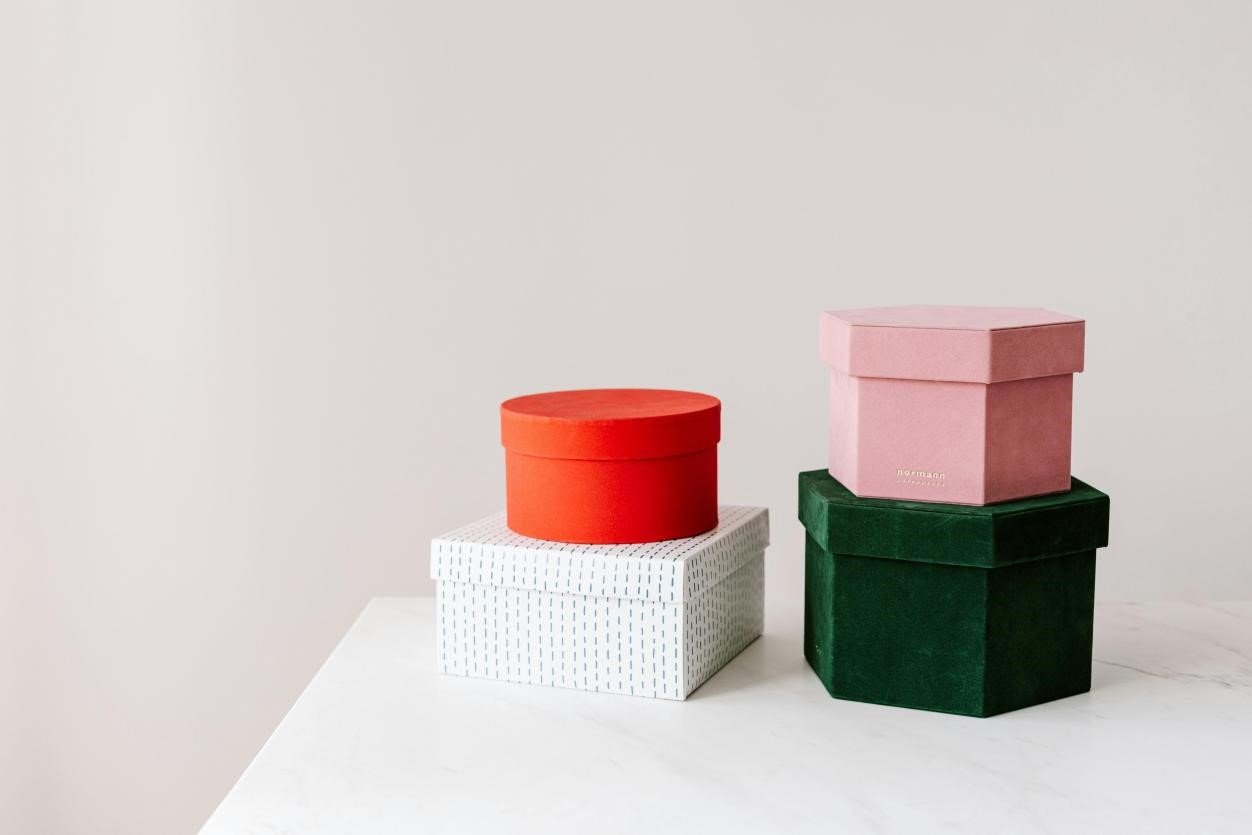
The styles of jewelry boxes are incredibly diverse, with different jewelry brands choosing unique designs to match their identity. Among the most critical design decisions is the shape of the box, a key factor that influences brand image and the consumer experience. This choice goes beyond simple aesthetics; it is a non-verbal conversation with your customer, where the shape itself communicates your brand’s core values before the box is even opened. Different jewelry box shapes have their own distinct characteristics. Understanding their advantages and disadvantages is the first step to making the right choice.
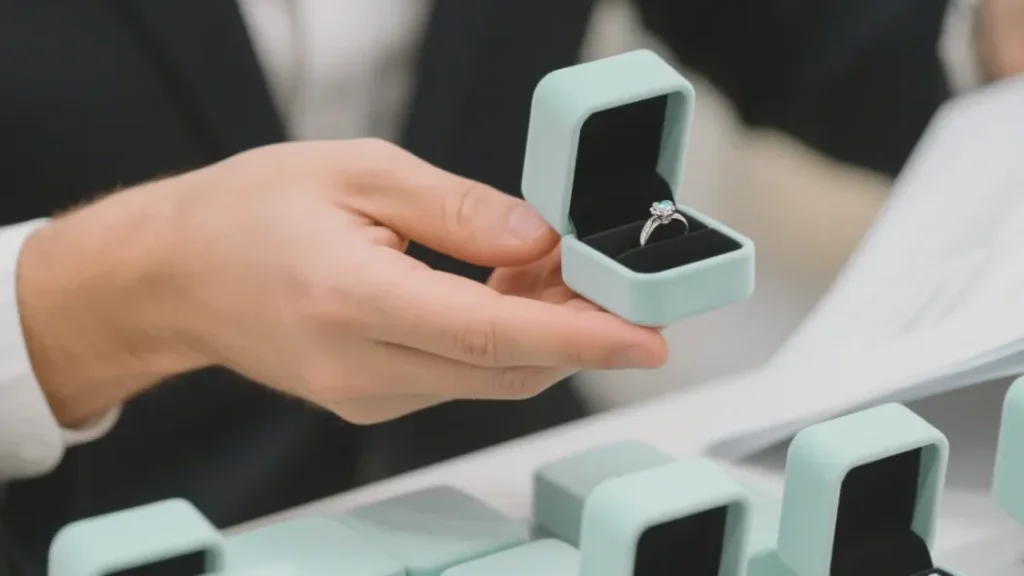
The square box is one of the most common and classic designs, known for its stability and uniformity. Psychologically, it represents order, logic, and security. In choosing this shape, a brand leverages the archetype of stability to build a foundation of trust and authority.
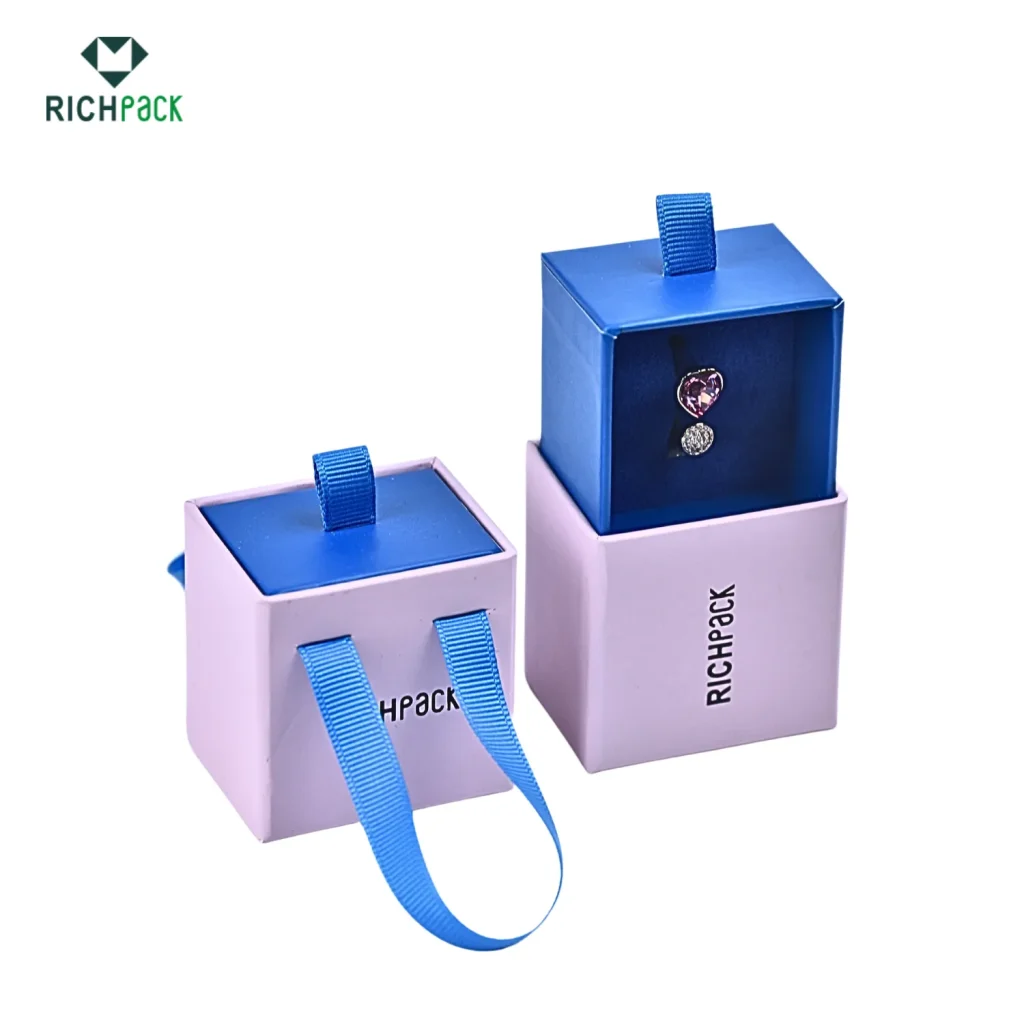
Excellent Stability and Security:
The square structure offers exceptional stability during placement and transport, providing an ideal way to protect jewelry from impact damage.This physical security reinforces a psychological one, assuring the customer of the value and permanence of their purchase.
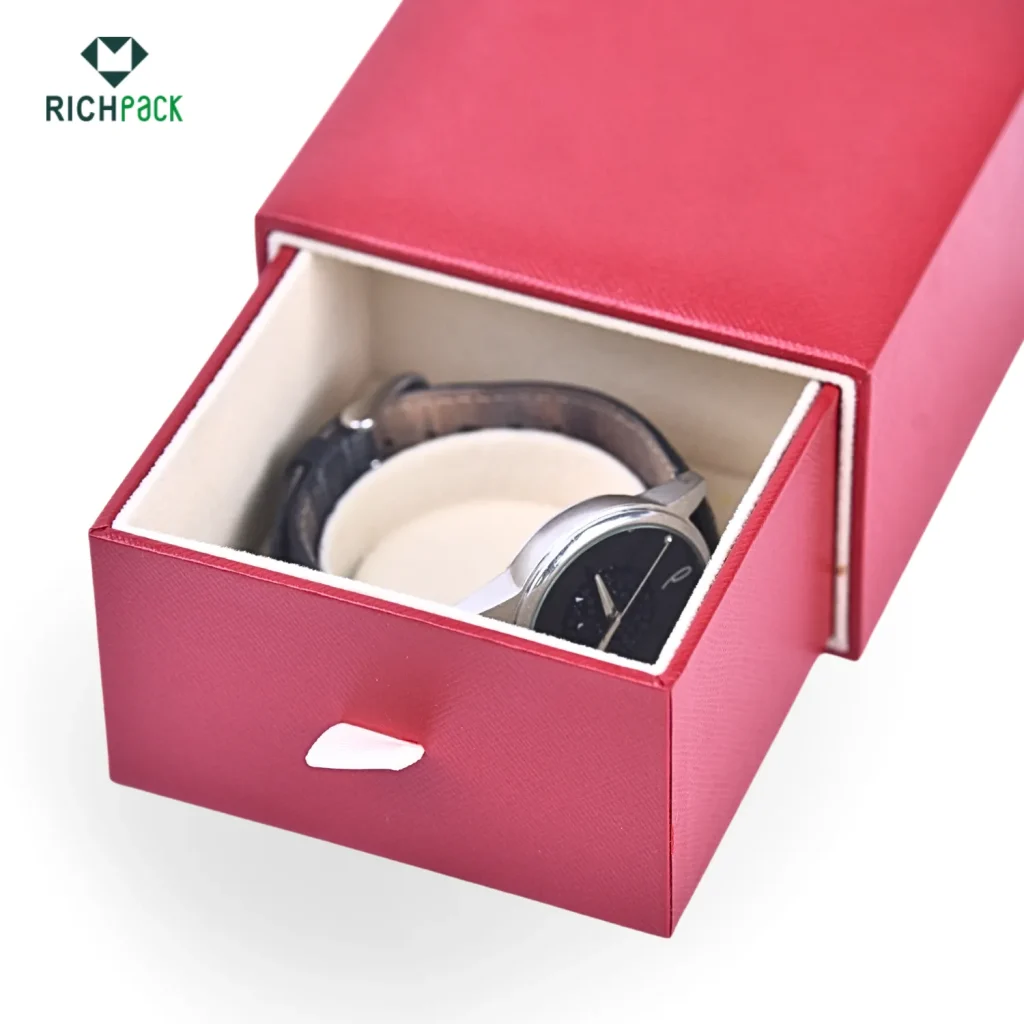
High Space Utilization:
Its regular interior allows for the most rational layout, enabling efficient storage of jewelry and related accessories.
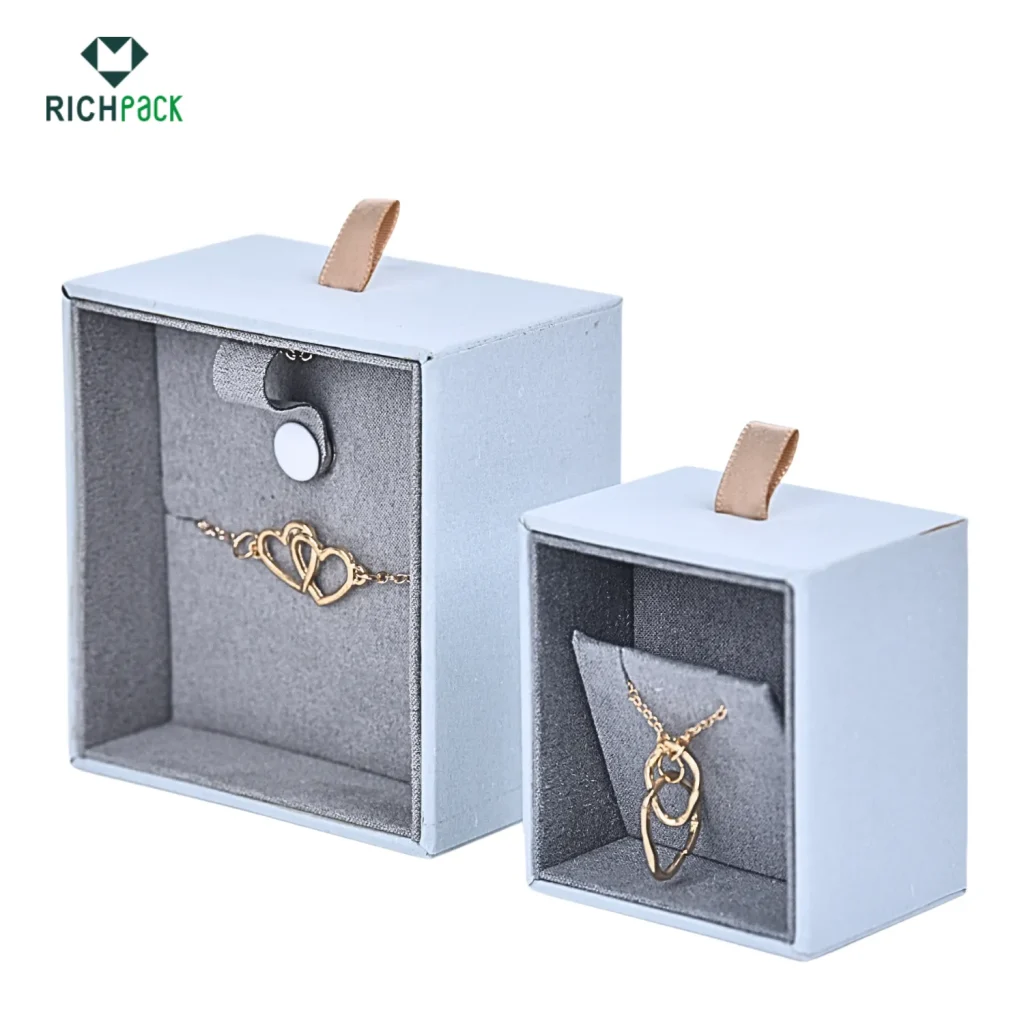
Simple and Elegant Design:
The clean, sharp lines convey a sense of simplicity and elegance, making it suitable for the vast majority of jewelry styles. This is the strategic choice for heritage brands or those focused on timeless craftsmanship, as it frames the product with an air of classic confidence. Think of the iconic blue box from Tiffany & Co.; its square shape has become synonymous with trust and timeless luxury, a strategy that has built brand equity for over a century.
The round design breaks from convention and is often used to hold more artistic or delicate jewelry pieces. Derived from natural forms like the sun and moon, the circle symbolizes harmony, wholeness, and connection. It is inherently gentle, lacking the hard, aggressive corners of other shapes. As one renowned packaging designer noted, “The circular form invites a gentle, continuous touch, which our studies show can increase the perceived sentimental value of the gift by up to 20% during the unboxing.”
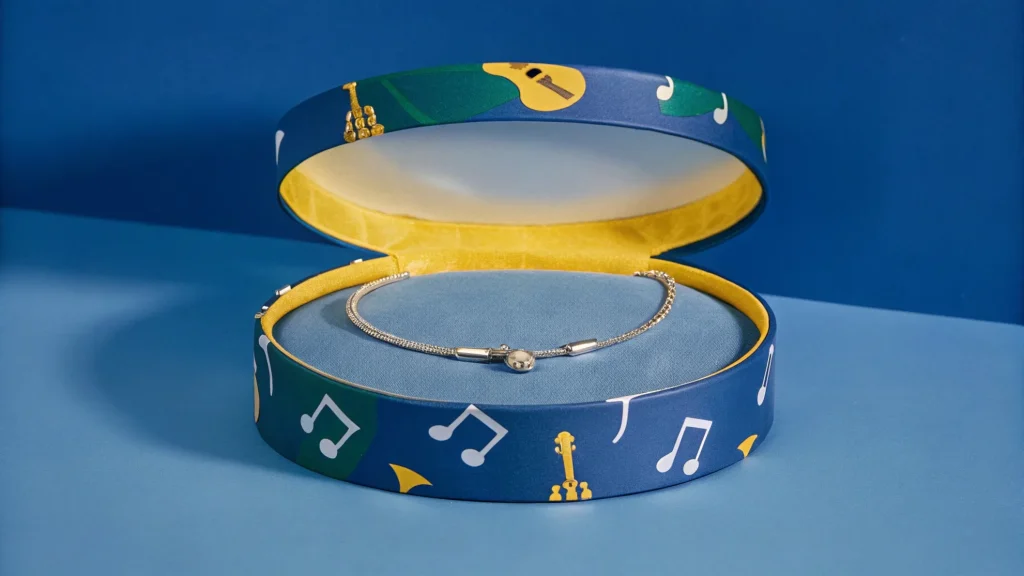
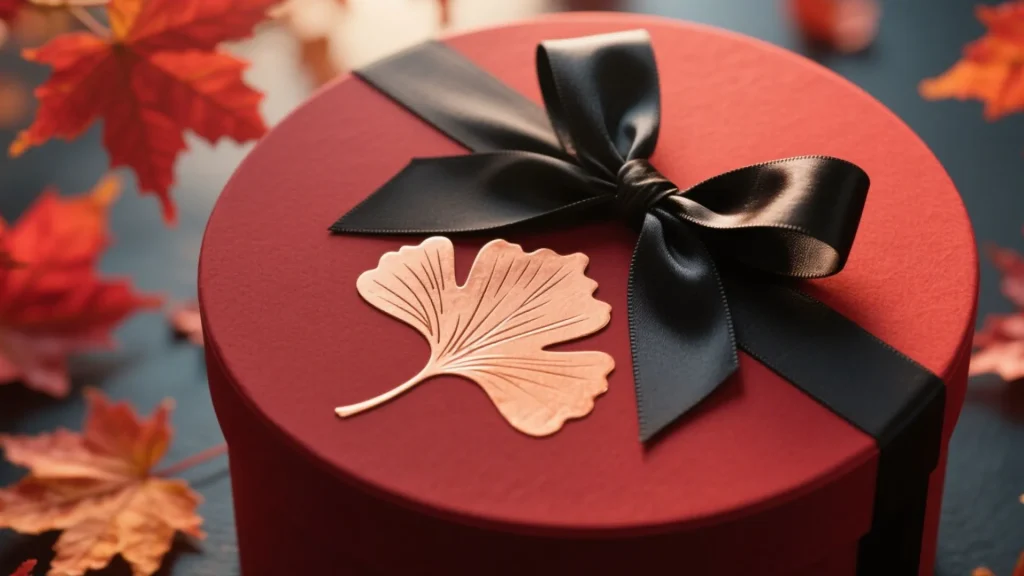
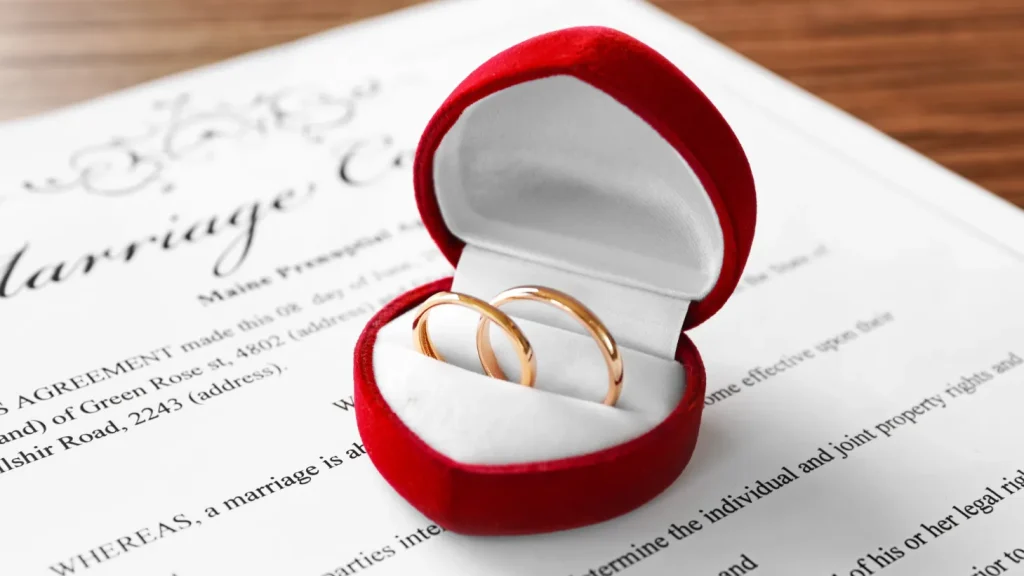
The heart shape is the ultimate symbol of emotional expression, with a highly focused target market and application.
It is a unique case where the shape is no longer an abstract form but a literal, unambiguous symbol. Choosing it is a high-risk, high-reward strategic move.
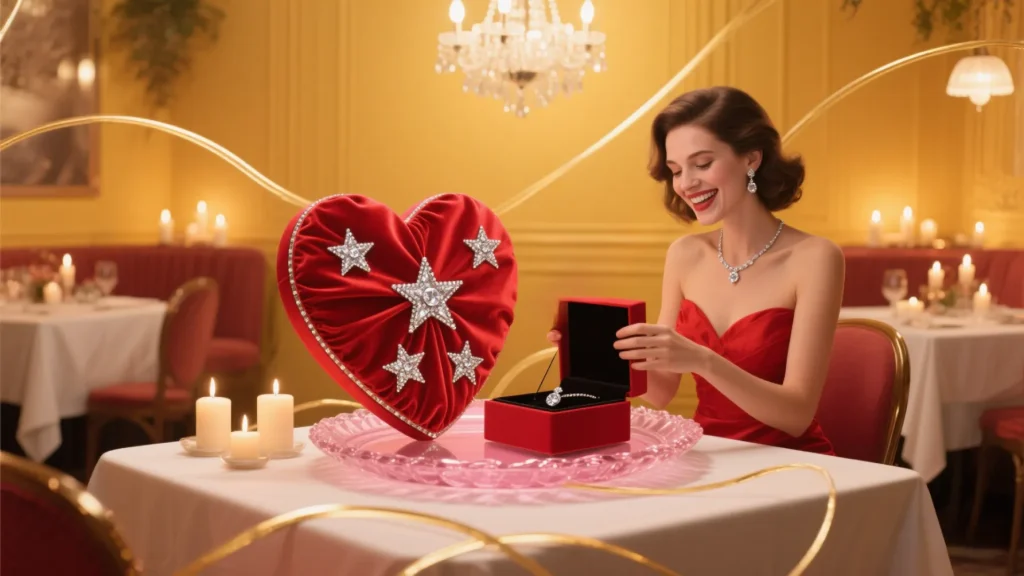
The rectangle is an extension of the square, often used for items like necklaces and bracelets that need to showcase their length and lines. It carries the same psychological weight of stability and professionalism as the square, but its proportions are adapted for presentation.

Creates Visual Elongation:
The long, narrow box can make the jewelry inside appear more slender and refined, enhancing its visual beauty.
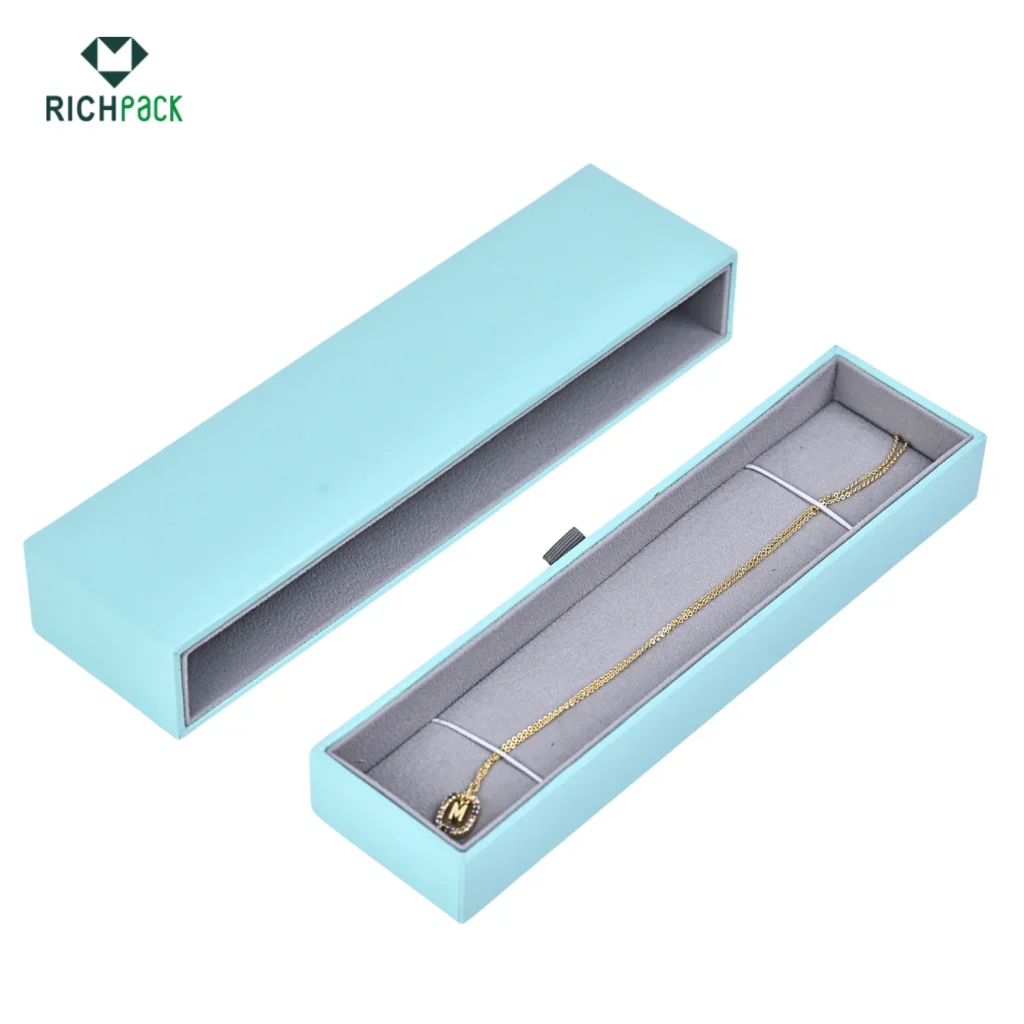
Ideal for Product Display:
It can better showcase the details and features of the jewelry, comprehensively boosting the product’s attractiveness. It turns the box into a miniature stage for the product within.
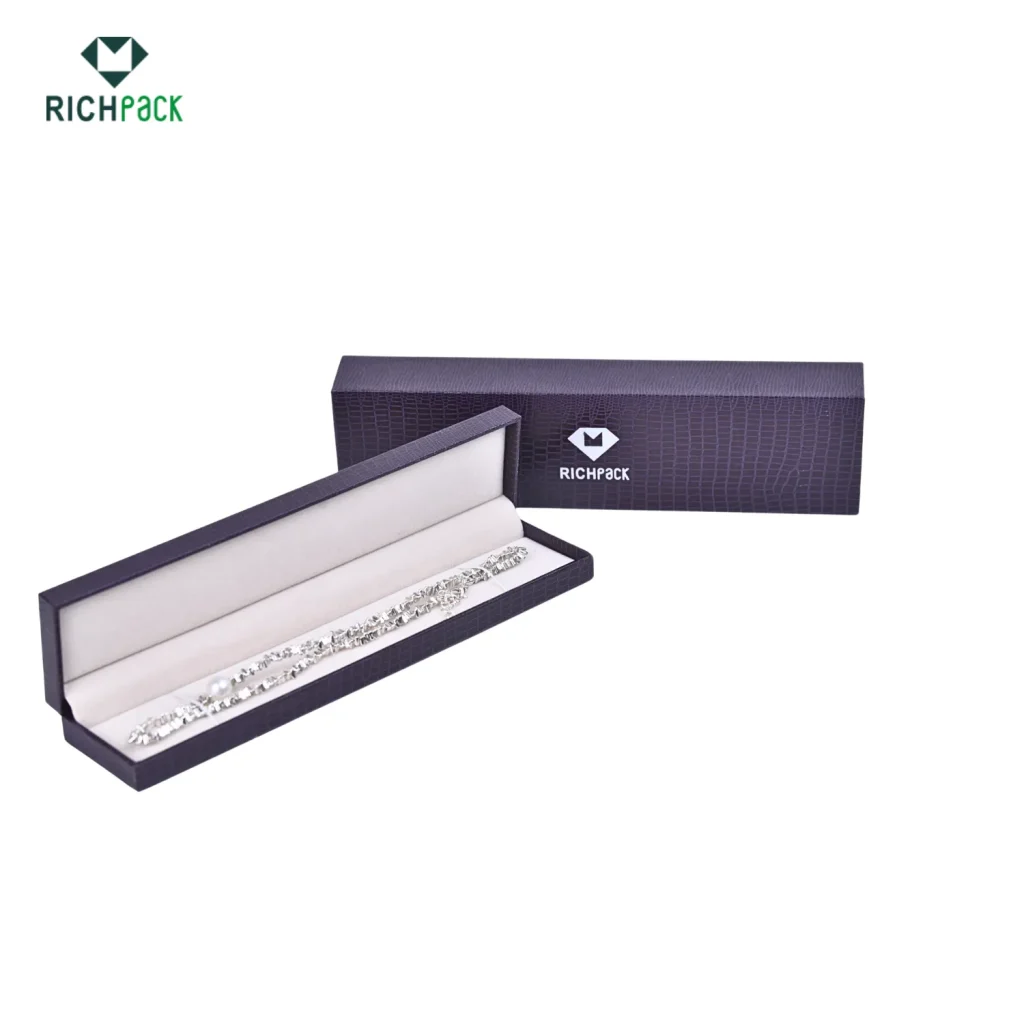
Polyhedral boxes (such as hexagonal or octagonal) are the choice for brands pursuing innovation and differentiation. This shape is a deliberate challenge to traditional order, expressing a pioneering and uncompromising attitude.
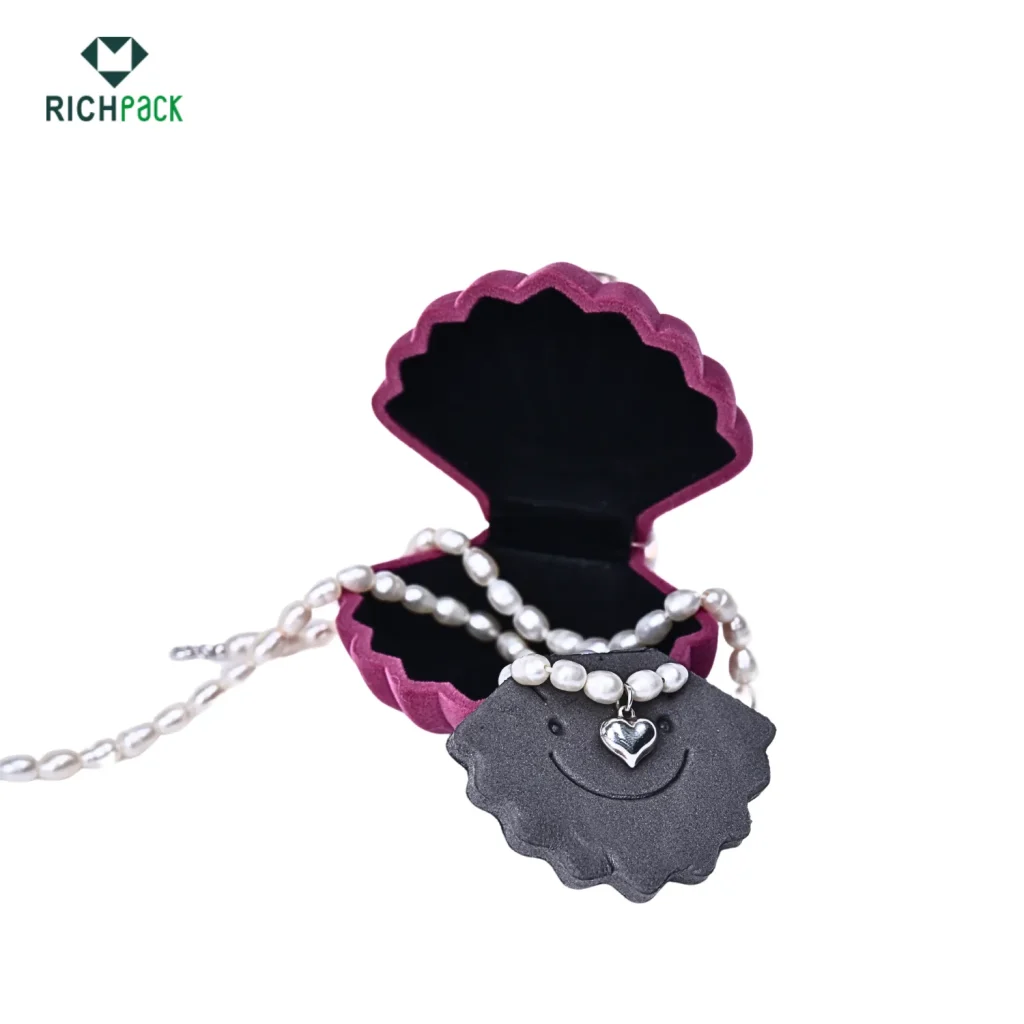
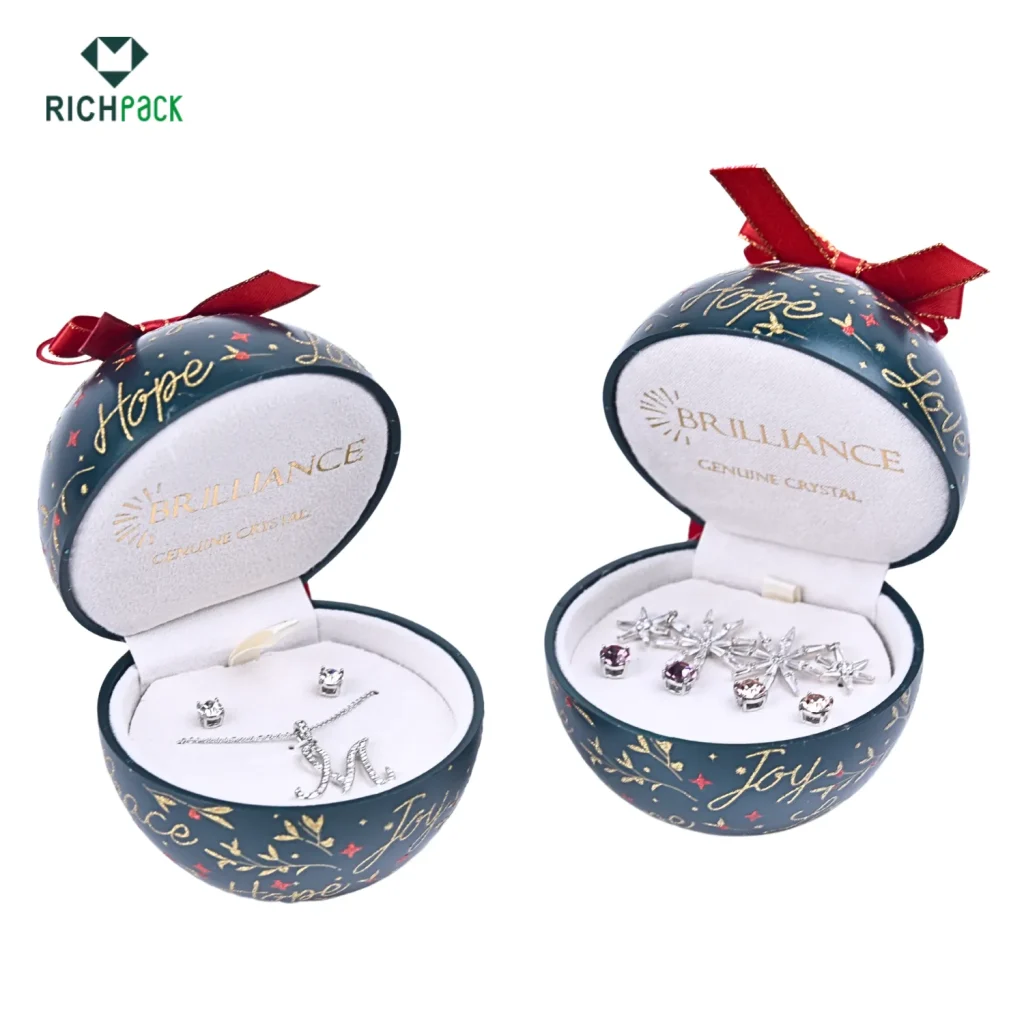
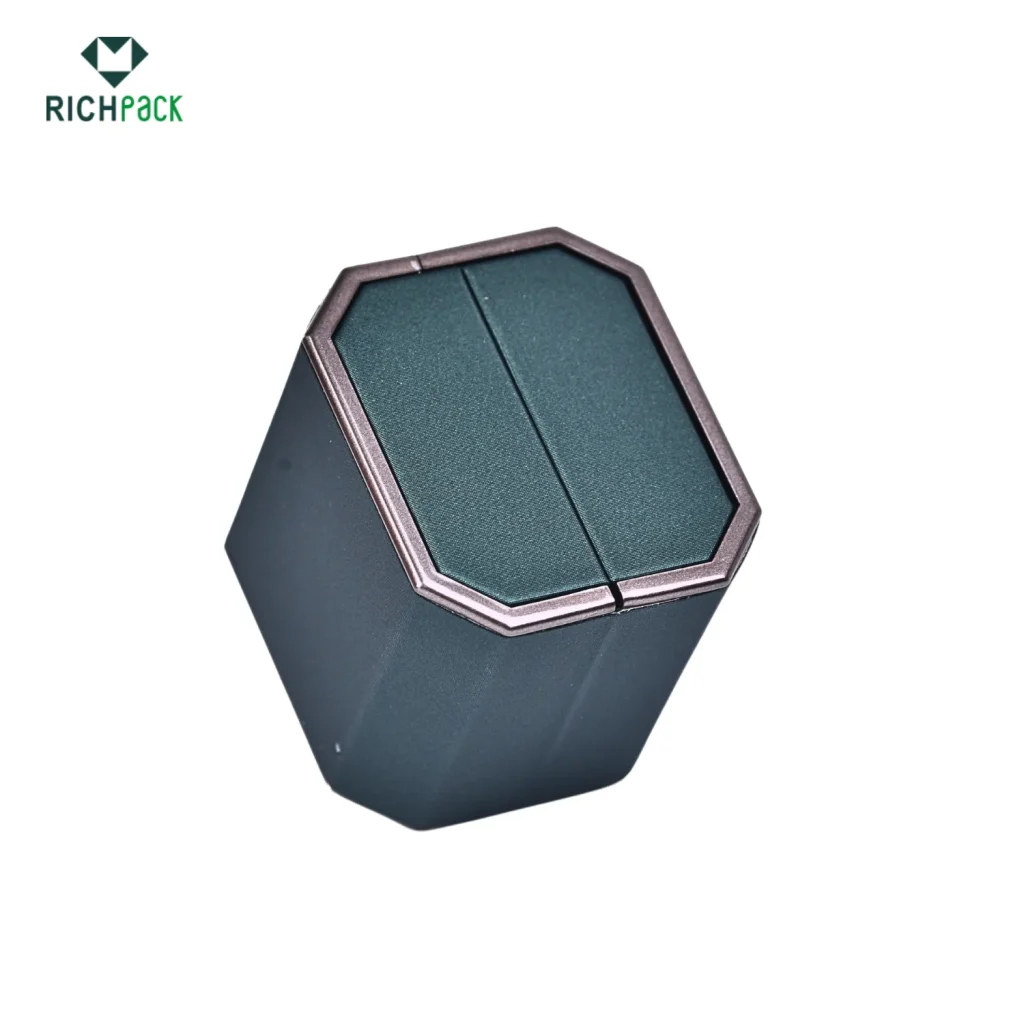
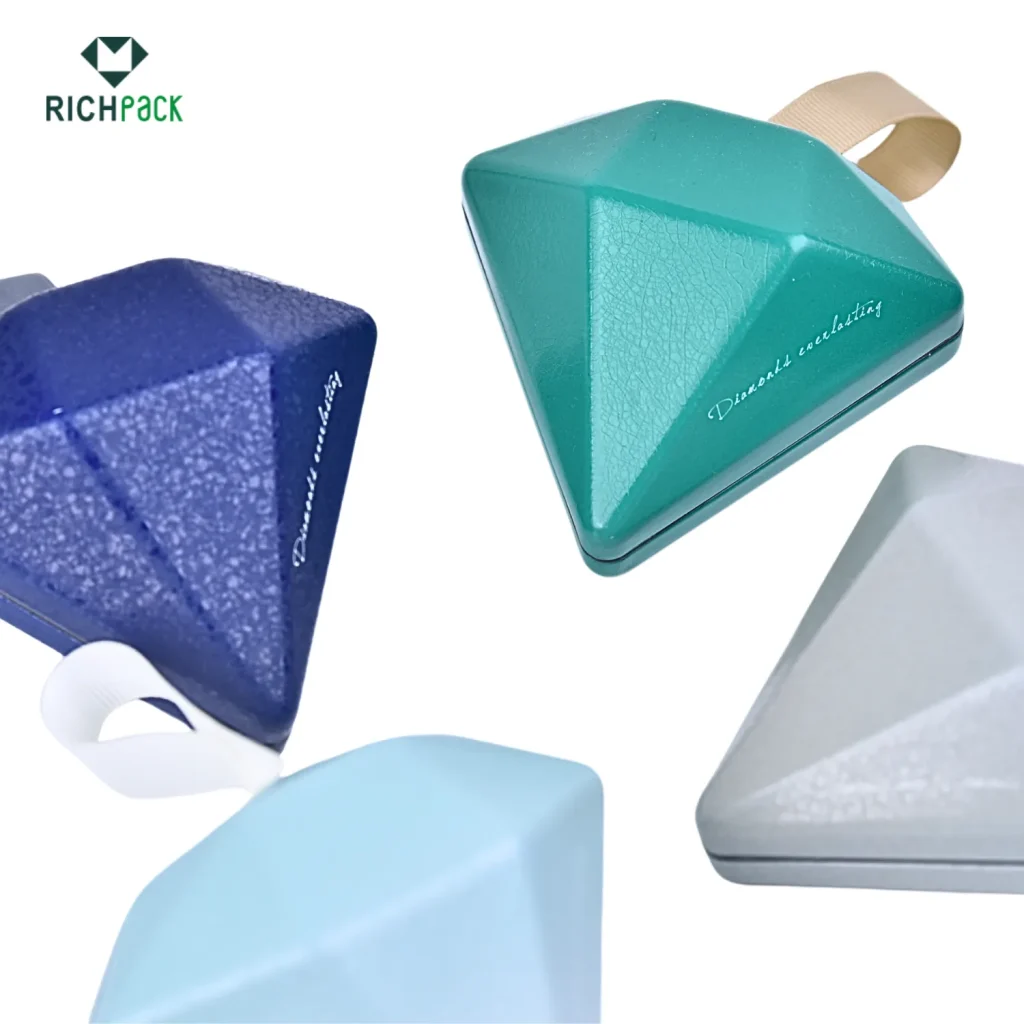
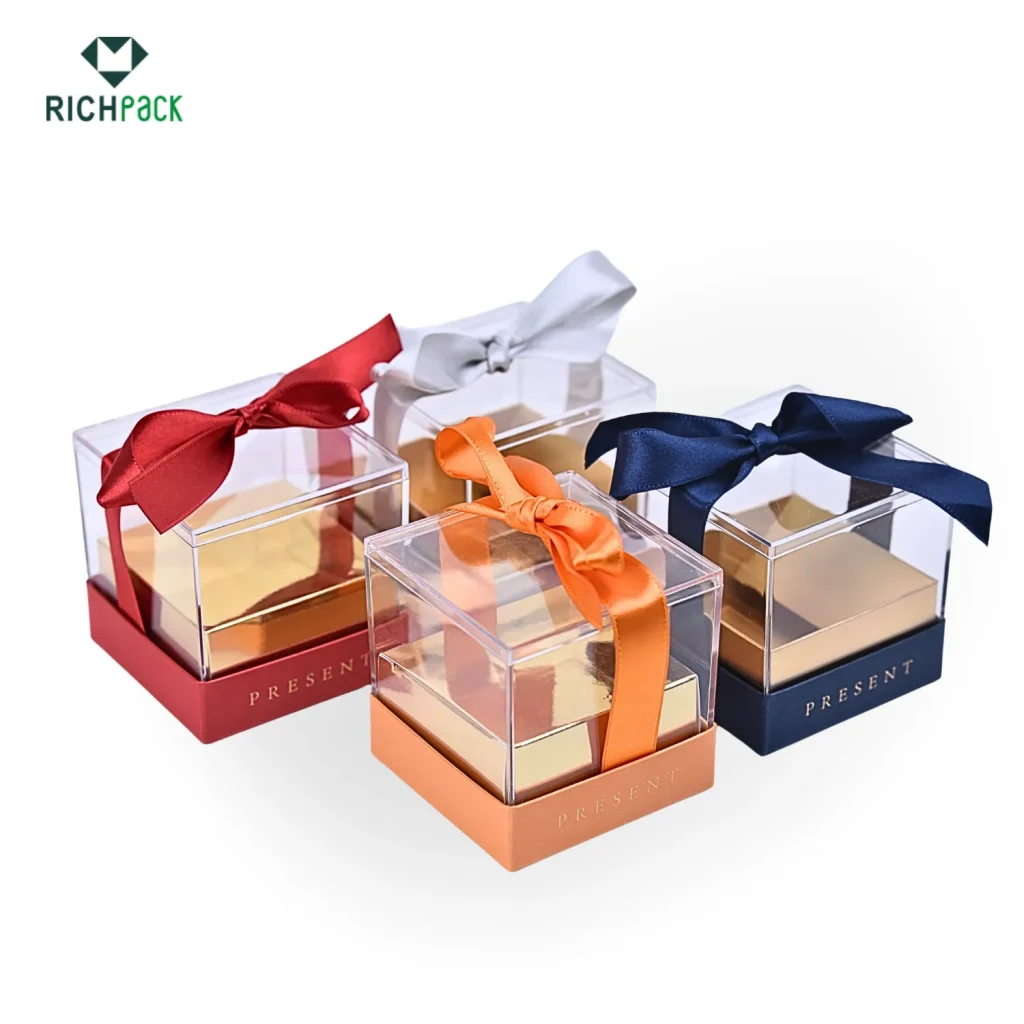
In summary, different jewelry box shapes each have their pros and cons. When making a selection, a brand must consider a combination of its own brand image, the characteristics of the jewelry itself, and the complete purchasing experience it wants to create for its target consumers.
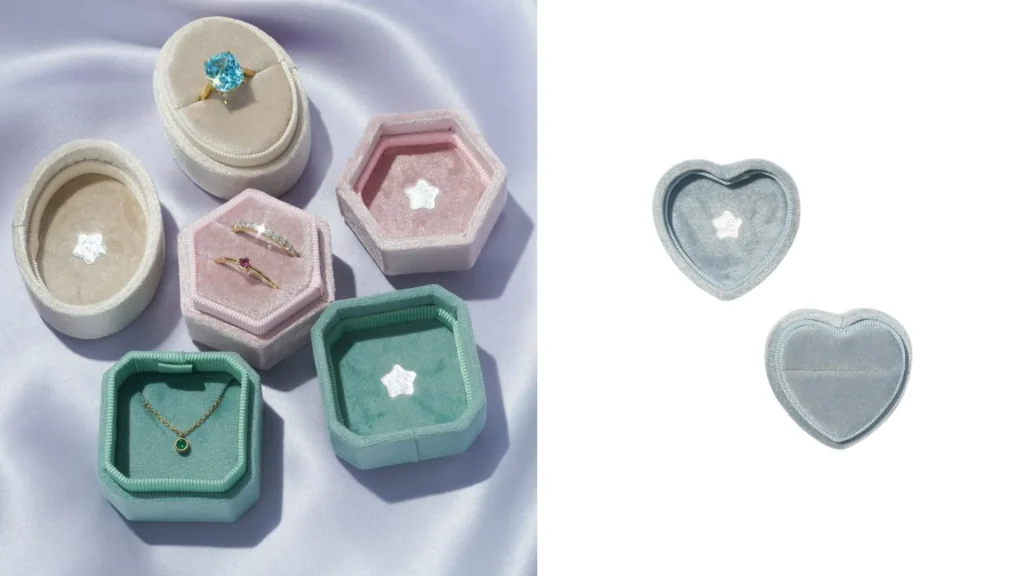
However, to make a truly strategic choice, you must ask deeper questions:
Ultimately, a square box tells a story of heritage. A round box tells a story of harmony. A heart tells a story of love, and a polyhedral box tells a story of disruption. Choose the shape that aligns with your brand’s soul, because a successful jewelry box, before it is ever opened, has already completed half of its communicative mission.
Ready to design a packaging experience that tells your brand’s unique story? Contact our design experts today for a personalized consultation or view our portfolio of custom packaging case studies.
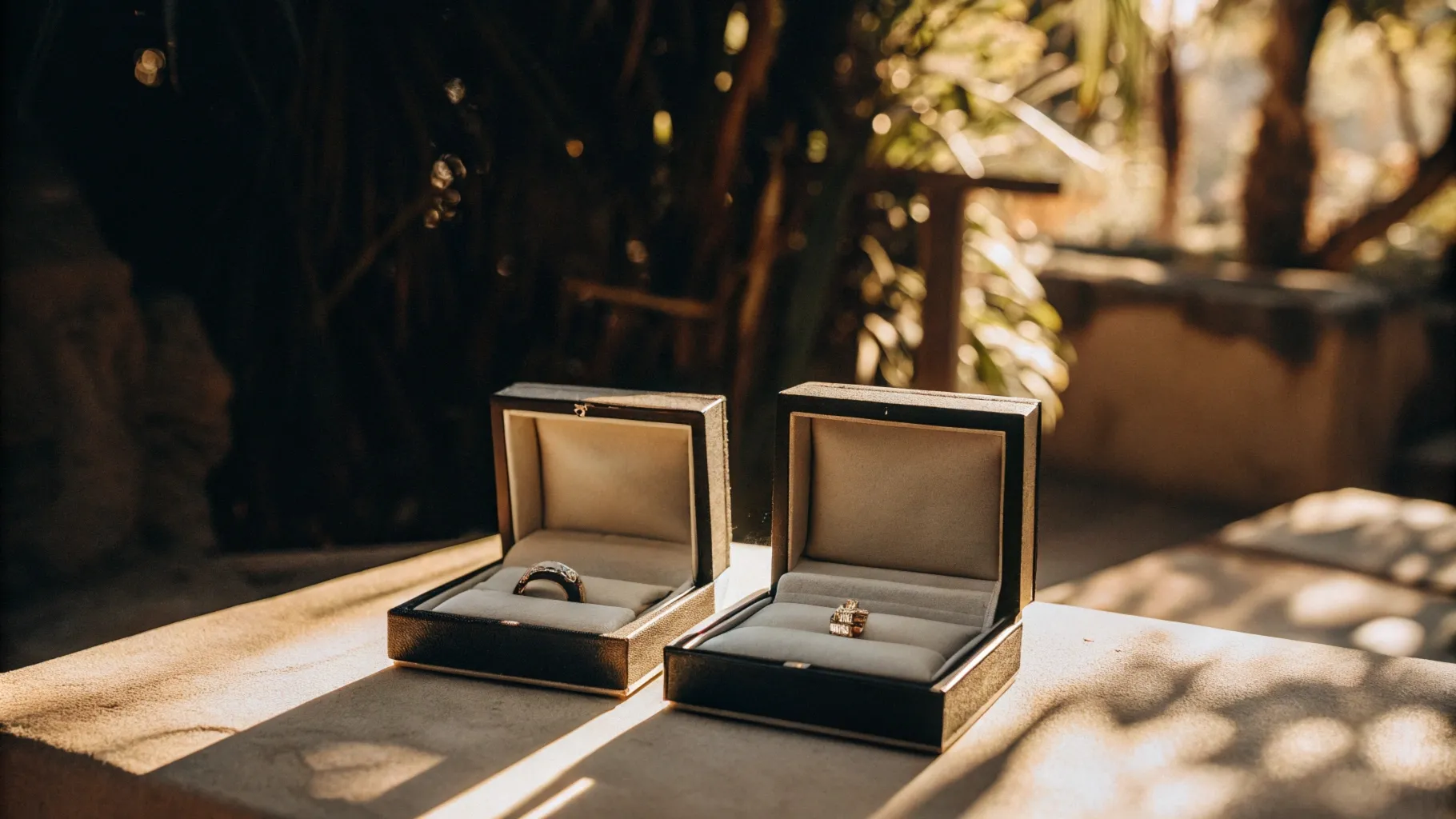
Richpack · Choosing the Right Hinged Box A Comprehensive Guide Hinged boxes have become a sustainable packaging solution, prized for their versatility and adaptability. According to the latest industry analysis, the global sustainable packaging market is experiencing robust growth, driven by innovations like plant-based plastics and materials. This guide examines the various types of hinged… Continue reading How to Choose the Right Jewelry Box Shape: A Complete Guide to Pros and Cons

Custom jewelry packaging isn’t just making your jewelry look good. It focuses on creating the perfect mix of materials, designs, and techniques that truly represent your brand and meet your customers’ expectations. Understanding the key terms and techniques in custom packaging is crucial for any jewelry seller or brand manager. It helps you design better packaging and… Continue reading How to Choose the Right Jewelry Box Shape: A Complete Guide to Pros and Cons
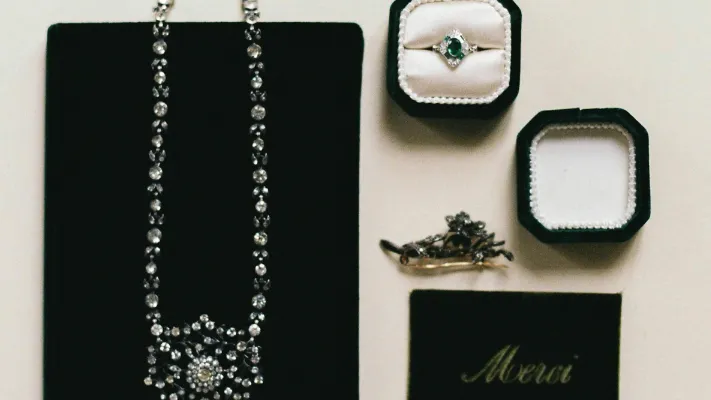
The material you choose for your jewelry boxes is a statement of your brand’s identity. Whether you prioritize luxury, sustainability, or durability, the right material can elevate your brand and resonate with your customers. In this article, we will analyze the pros and cons of different materials for jewelry boxes in detail. And this guide… Continue reading How to Choose the Right Jewelry Box Shape: A Complete Guide to Pros and Cons
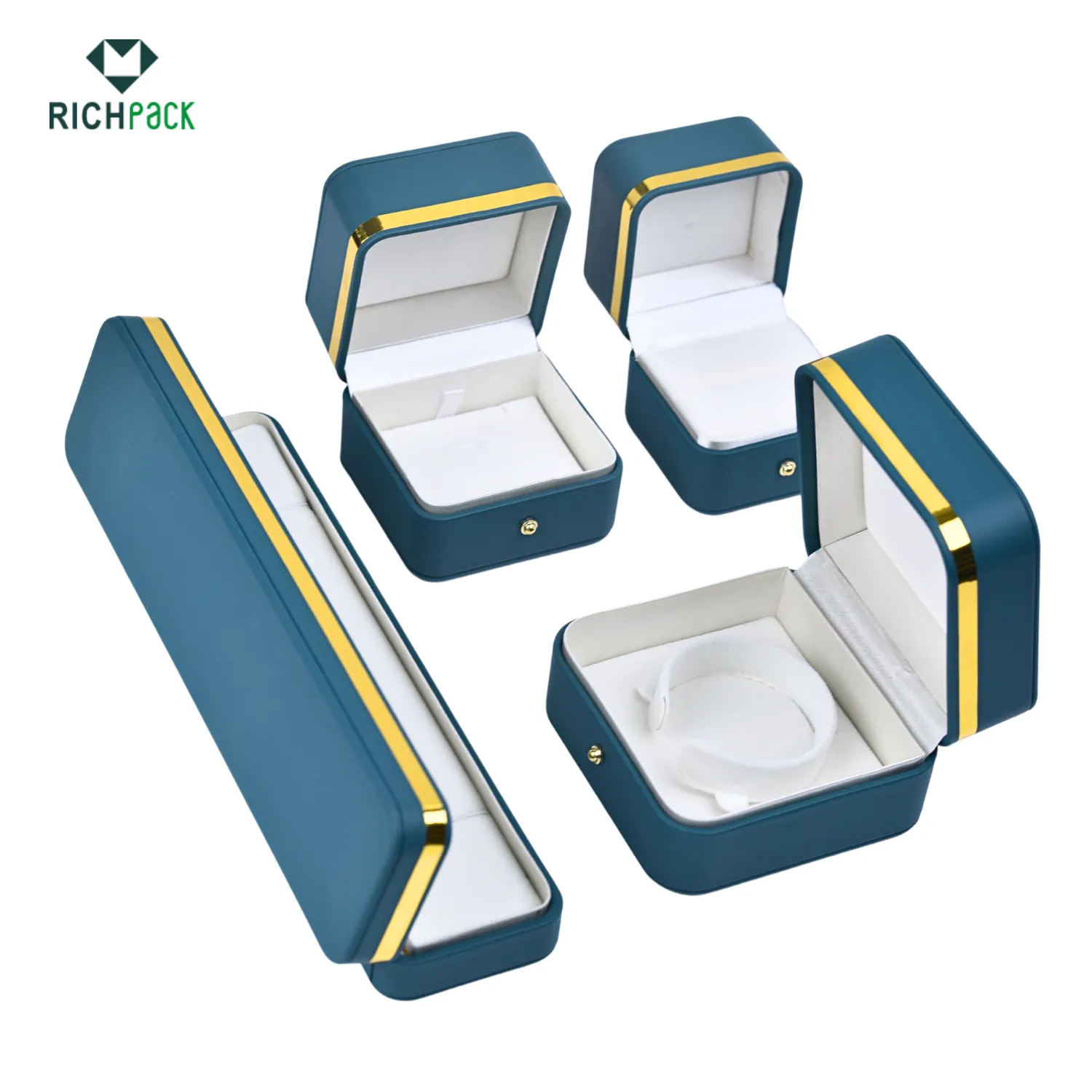
Festive and Elegant Seasonal Jewelry Packaging Sets for Christmas, Valentine’s Day, and More | Custom Designs for Special Occasions

High-Quality and Innovative Reusable Jewelry Packaging Sets with Eco-Friendly Designs | Sustainable and Customizable Packaging Solutions
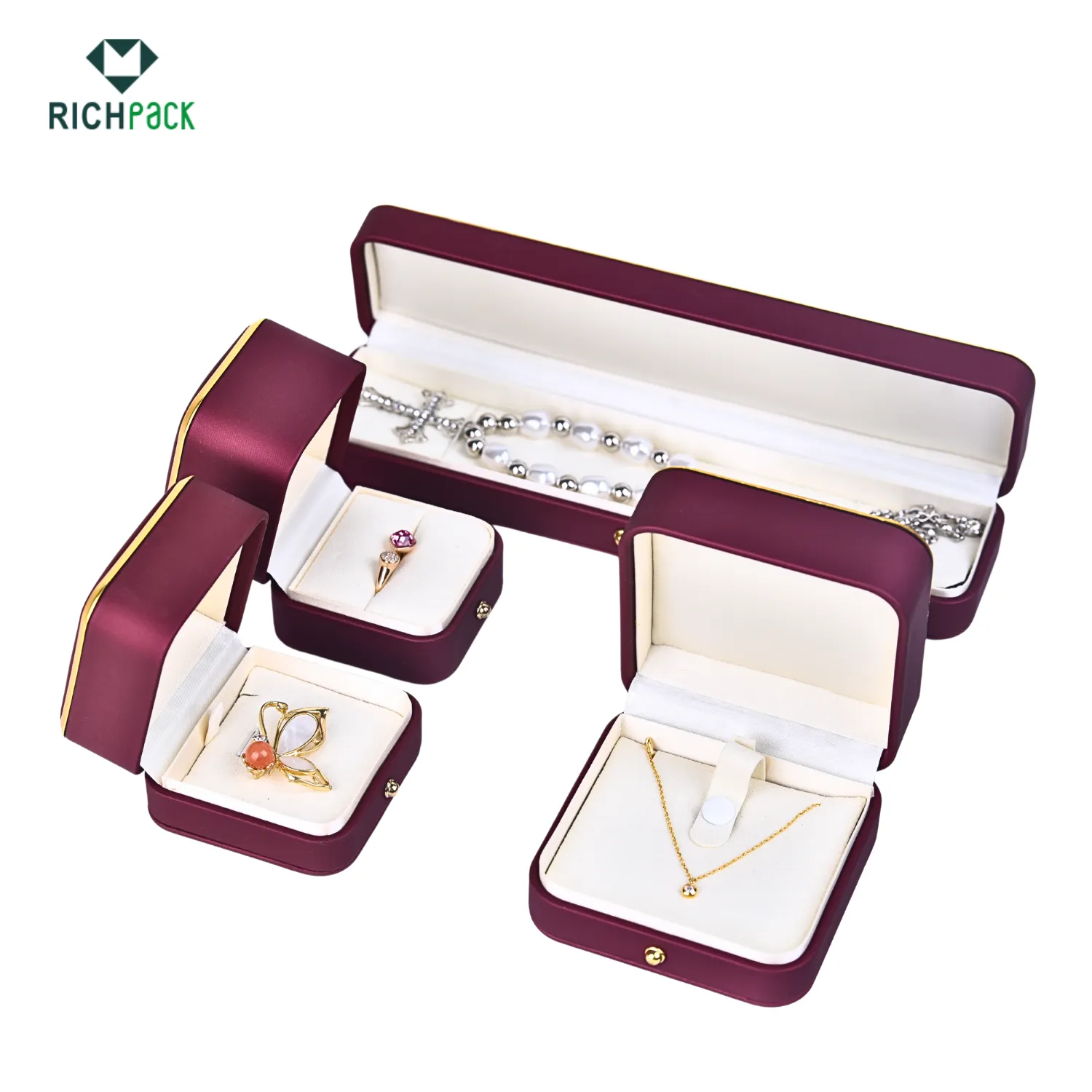
Luxury Themed Jewelry Packaging Sets for Weddings and Special Events | Elegant, Custom Packaging Solutions for Memorable Jewelry Presentations
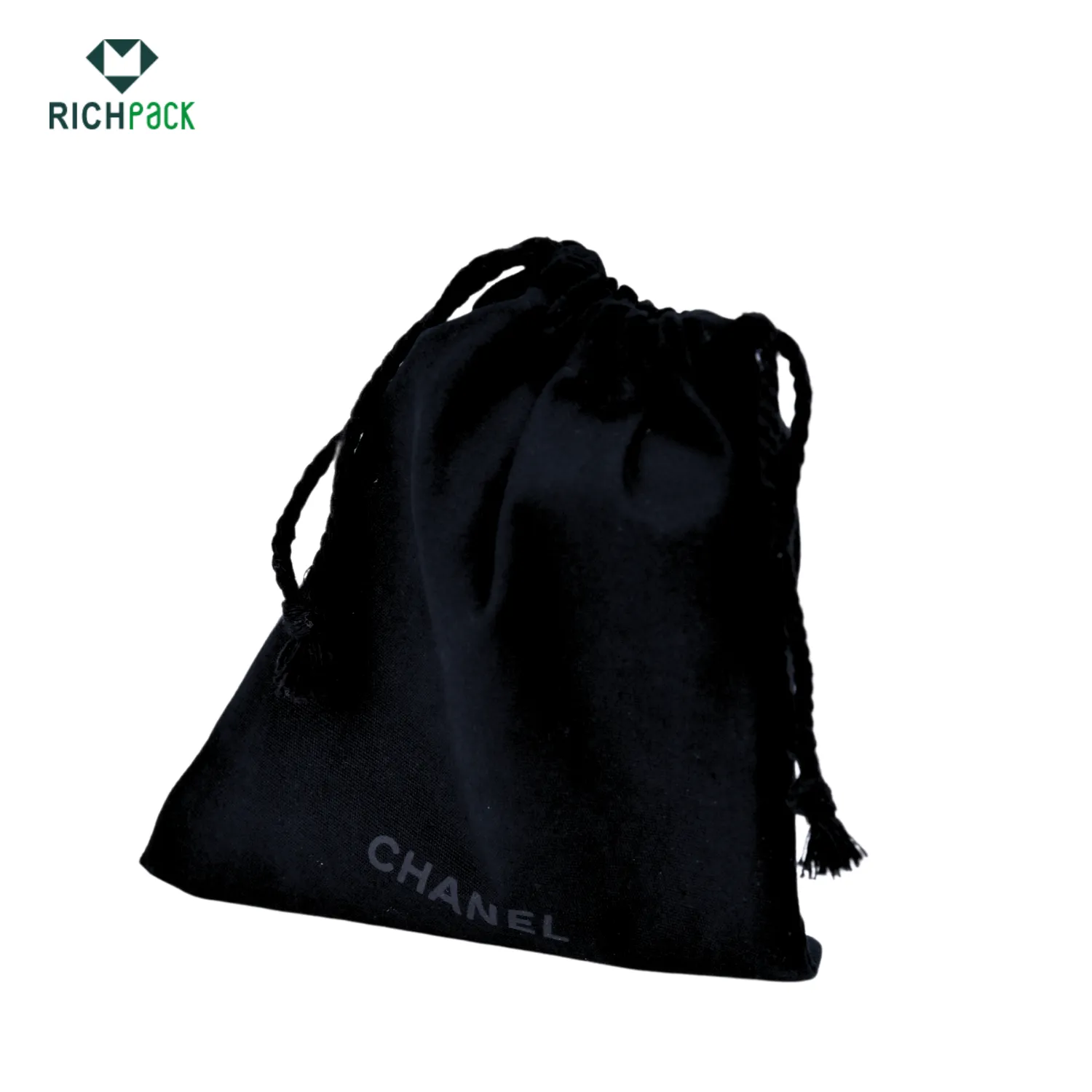
Bespoke Custom Jewelry Pouches for Protecting Your Jewelry | Customized Pouch Design
View More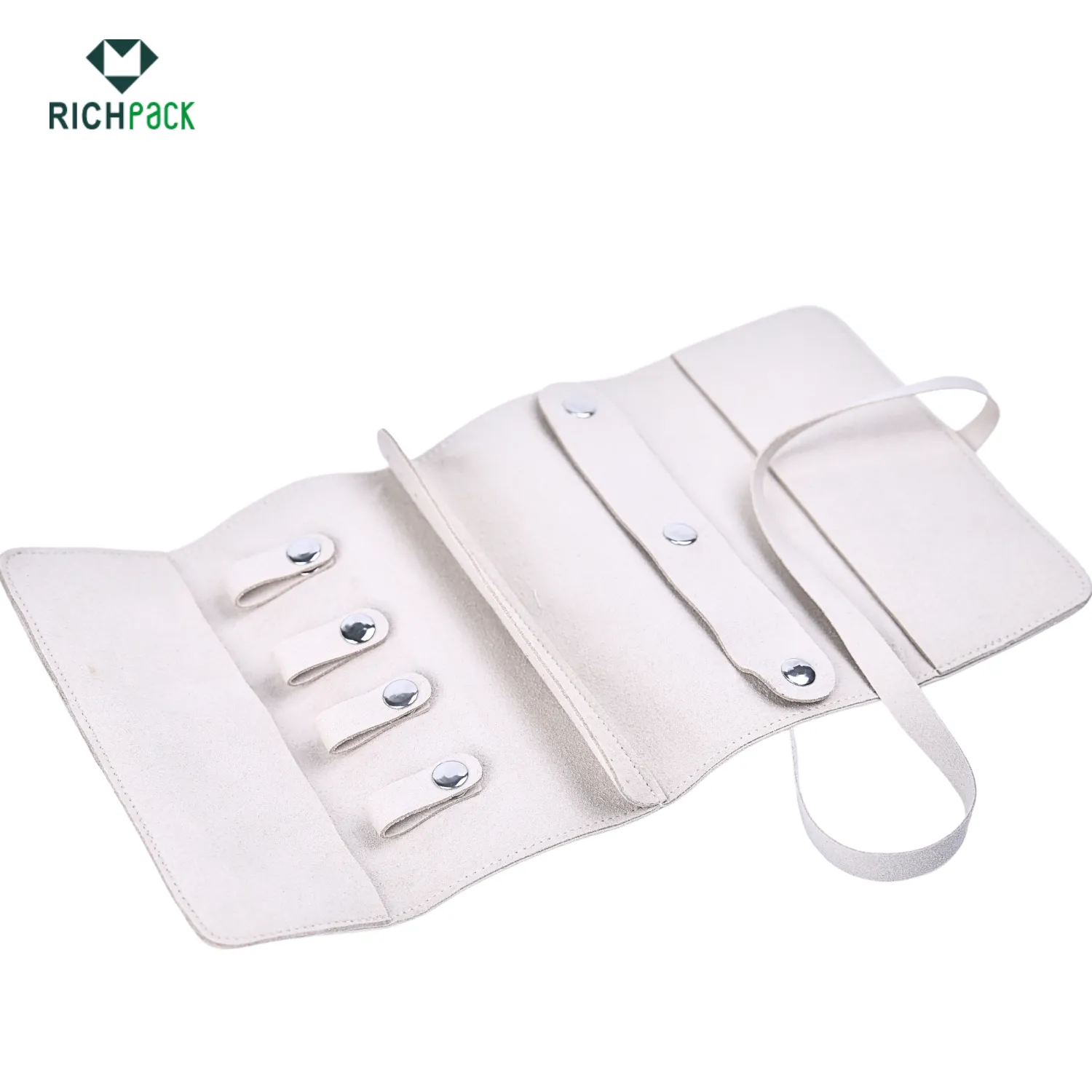
Convenient Lightweight Portable Jewelry Pouches | Travel-Friendly Packaging for Jewelry Businesses Needing Secure and Easy-to-Carry Storage
View More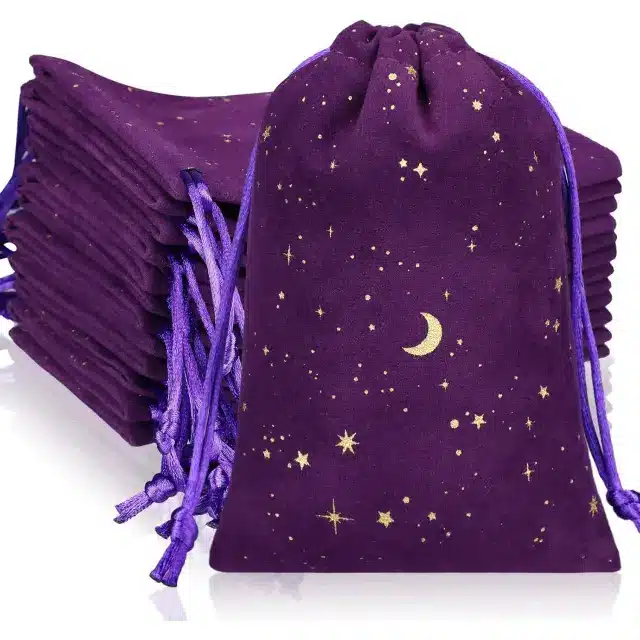
Custom Ring Velvet Pouches | Purple Velvet Drawstring Bags with Logo | Richpack Wholesale
View MoreJust submit your email to get exclusive offers (reply within 12 hours)